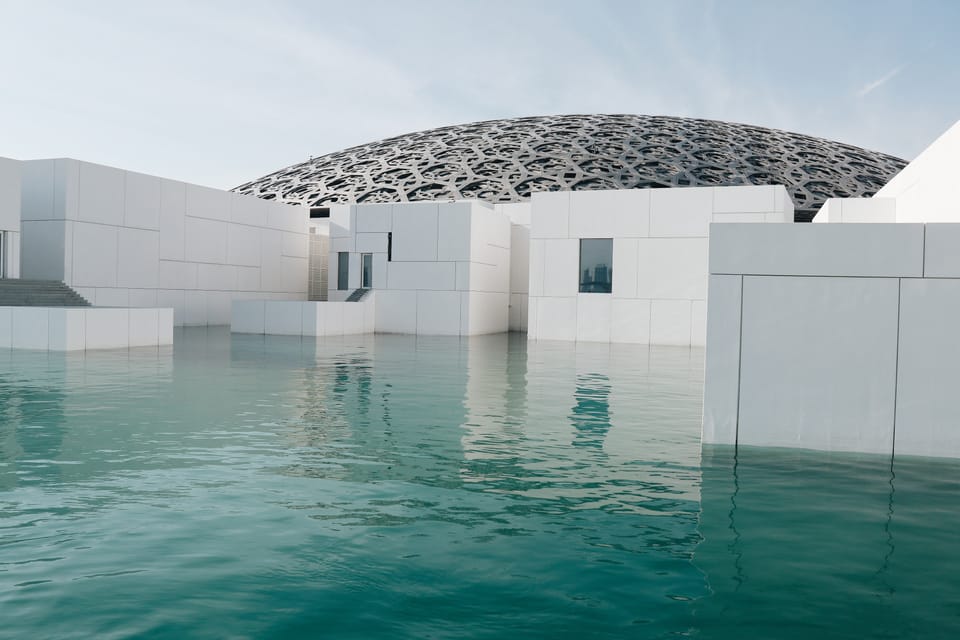Preserving AI : Louvre Abu Dhabi

I find myself standing amid the architectural brilliance of the Louvre Abu Dhabi, which for me, holds the title of the most beautiful building in the world. The museum's remarkable design and grandeur never cease to amaze me, even after 20 or 30 visits. Each tour unveils a new, striking detail, making me wish that the exterior boasted air conditioning to complement the interior's comfortable climate. But, I digress. My purpose here today isn't merely aesthetic admiration; it’s contemplation—about the role of preserving information in the age of artificial intelligence.
As you wander through the Louvre, your eyes meet with artefacts, papers, and artworks—testimonies of various cultures that have thrived over thousands of years. These relics offer insights into human history, and in turn, help shape our understanding of the future. Preservation has always been central to human progress; it educates us on where we've been and guides us on where we're going.
In this new era dominated by AI, the nature of information has fundamentally changed. What happens when most of what we interact with becomes digitally generated or synthetic? Do we continue to preserve these artefacts the same way we've preserved stone tablets and ancient scrolls? Or does the advent of digital technology render traditional museums obsolete?
We've used advanced techniques like LIDAR to digitise artefacts, creating a fallback in case the originals suffer any damage. But what about AI-generated information? Let's take, for example, language models. They are an excellent representation of human language as it stands today, albeit with their biases.
How should we go about preserving these AI entities? Do we take snapshots of their training data? Do we archive the models themselves? The stakes could be even higher: should we deploy these models onto other planets, like Mars, or position them in satellites around the Earth? All to ensure they survive beyond any potential human-made catastrophes that might occur within our lifetimes.
As I walk around the museum, encountering a stone tablet engraved with ancient Latin, I'm struck with an ephemeral sense of awe. Viewing an artwork sometimes evokes emotions that words can hardly describe. Is this purely a learned behaviour, or is it embedded in our human context? And can AI-generated artefacts ever move us in the same way?
The rapid evolution of AI forces us to question not only how we preserve this new form of 'cultural' output but also whether we should preserve it at all. While we've been focused on preserving the human story for future generations, we now face the additional task of contemplating how to preserve our 'AI selves' in a world where information is continually shifting and evolving.
In the end, it seems that as much as we strive to preserve the tangible and intangible aspects of human history, we must also consider what role AI plays in our story—and how, or if, it should be remembered.
